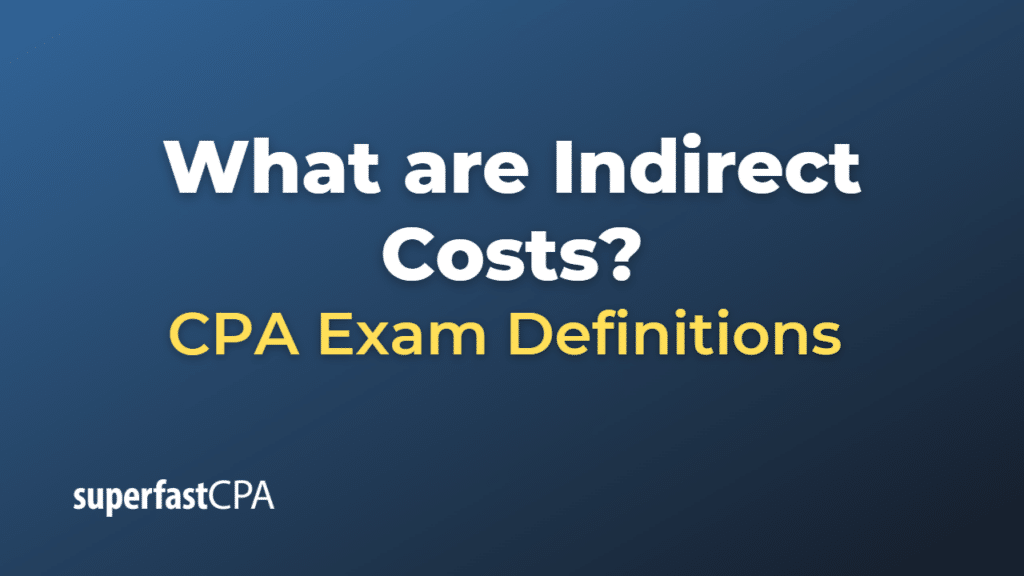Indirect Costs
Indirect costs are expenses that are not directly tied to a specific product, service, project, or department, but are necessary for the overall operation of a business. Unlike direct costs, which can be traced back to specific cost objects (like a product or a project), indirect costs are more general and are allocated across various departments or products.
Indirect costs include:
- Rent: The cost of the physical space where the business operates.
- Utilities: The cost of electricity, water, heating, and other utilities necessary for the business.
- Administrative salaries: The salaries of personnel who support the overall business operations, like HR, finance, or administration.
- Depreciation: The gradual reduction in the value of assets like machinery, equipment, and buildings.
- Insurance: The cost of various business insurances.
It’s important for businesses to account for indirect costs when calculating the total cost of their products or services. While these costs may not be linked to a specific product or project, they are still essential for running the business. Therefore, they should be included when calculating profitability or when making pricing decisions.
The allocation of indirect costs can be complex and usually requires the use of a predetermined rate or method to distribute these costs fairly across different departments or products. This process is known as cost allocation.
Example of Indirect Costs
Let’s use a manufacturing business as an example:
Suppose you own a company that manufactures custom-made bicycles.
- Direct Costs: These are the costs directly tied to the production of each bicycle. They include materials such as metal, tires, and paint, as well as the wages of the workers who assemble the bicycles. If you produce more bicycles, these costs increase; if you produce fewer bicycles, these costs decrease.
- Indirect Costs: These are the costs not tied to a specific bicycle but are necessary to run the business. They include:
- Rent: You have a factory where the bicycles are manufactured and a small office where administrative tasks are carried out. The rent for these spaces is an indirect cost.
- Utilities: The cost of electricity to power your factory and office, the water used in your facilities, and other utilities are all indirect costs.
- Administrative Salaries: You have a small team that handles tasks like customer service, accounting, and marketing. Their salaries are indirect costs because they can’t be tied to a specific bicycle.
- Depreciation: The machinery used to manufacture the bicycles decreases in value over time. This decrease, known as depreciation, is also an indirect cost.
All these indirect costs are essential to run your business. To determine the total cost of each bicycle, you’ll need to allocate a portion of these indirect costs to each unit produced. How you do this allocation can vary. For example, you might divide total indirect costs by the number of bicycles produced to get a per-unit indirect cost. This per-unit indirect cost would then be added to the direct costs to get the total cost of each bicycle. This total cost is crucial information when setting the selling price for each unit and estimating profitability.













